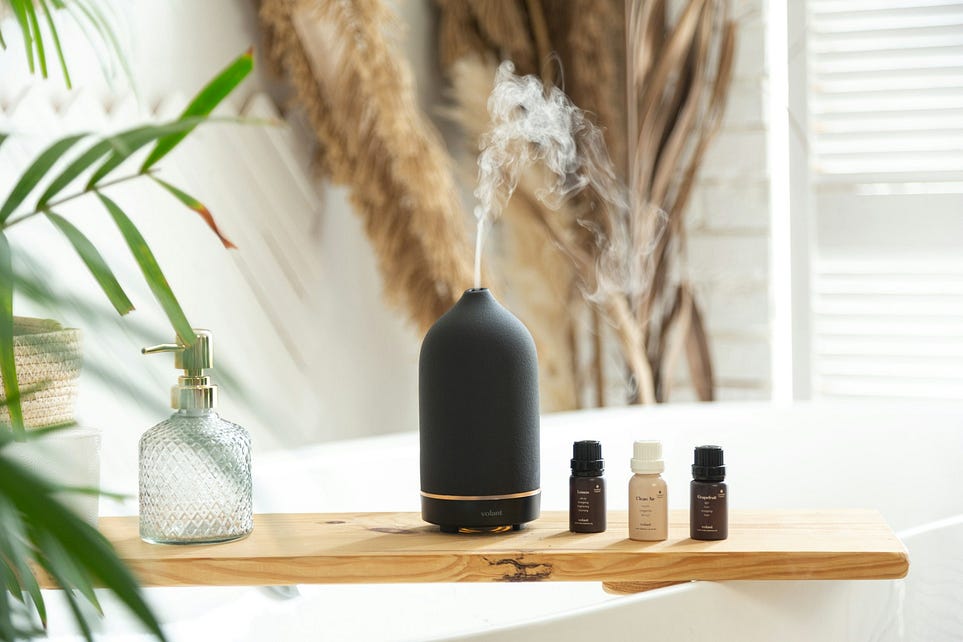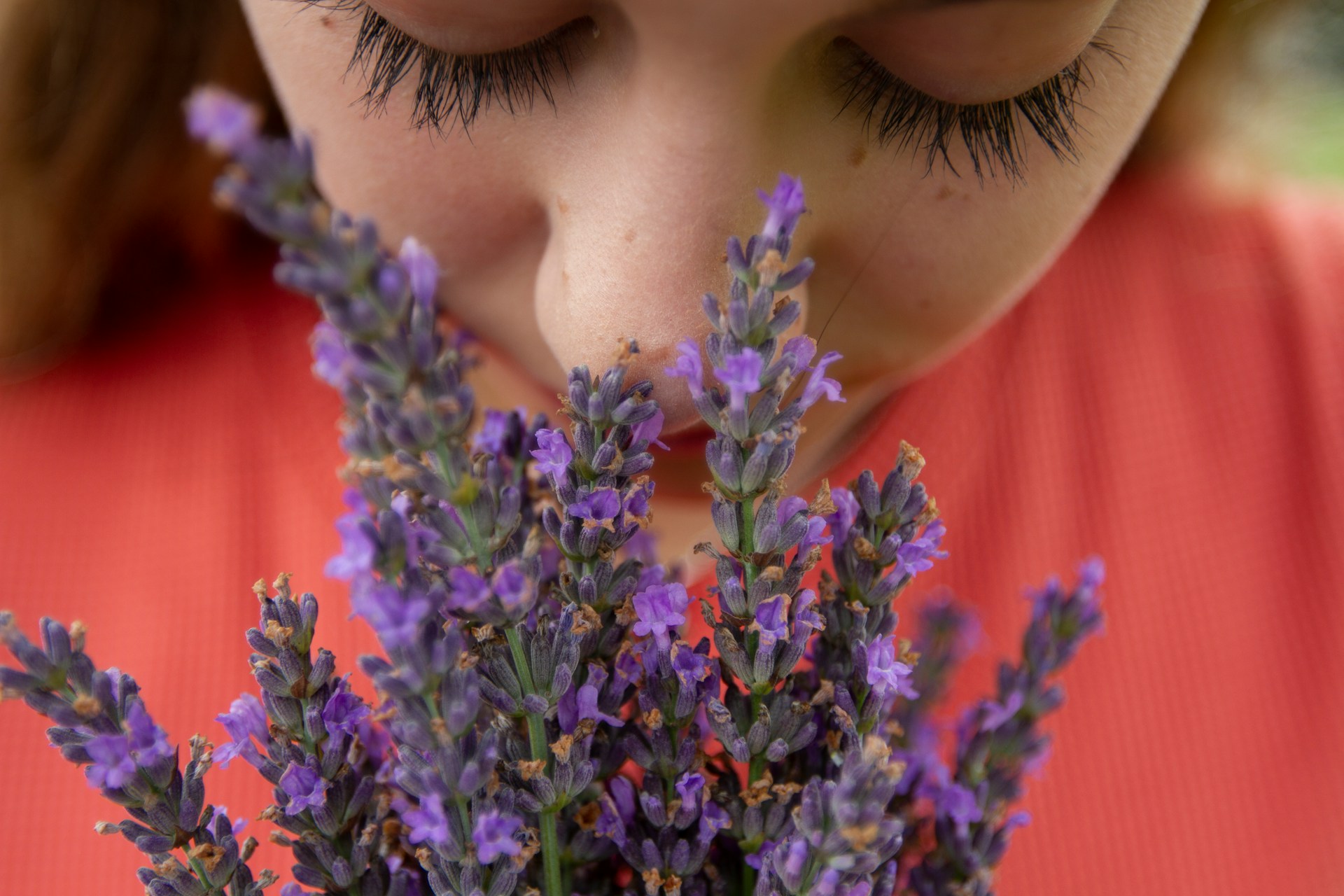The Smell of Hope: Uncovering a Secret Weapon Against Cognitive Decline
Harnessing the power of scent to ward off dementia
I lost my grandfather to Alzheimer’s.
It was a slow and grueling decay, like watching an old oak tree crumble beneath its own weight as termites devoured it from within.
Over several long years, stately war vet withered into a confused, quarrelsome invalid who bore little semblance to the grandfather I so dearly admired.
And that was the worst part: it didn’t just rob him of his own memories, but it poisoned the ones I had left of him, too.
Over time, I (and my family) slowly lost sight of the loving grandfather who once stood in the place of this strange, feeble man, and unconsciously began reconstruct a new person from the eroded shreds of his character.
Of course, I still clung to my precious inner archive of gatherings past, but couldn’t shake the truth that the same grandfather who spent breezy summer afternoons riding bikes with me and hooking worms at the fishing pond was no longer with me. The spark behind his eyes had been smothered, and once the final embers of his former self extinguished, I mourned his passing — long before his body was even buried.
Could there be a more ignoble departure from this life?
Of course, Grandpa’s case is far from unique. It seems everyone has at least second-hand experiences with someone who was eaten alive by this pernicious evil; and with just over 10% of adults over 65 now facing this condition, there’s little wonder why we’re seeing memory care units popping up like dandelions in April.
The projections aren’t any more promising, either. According to the Alzheimer’s Association, cases for this ravaging disease are expected to triple by 2050. Dementia is skyrocketing, yet even state-of-the-art treatments provided by our most sophisticated medical systems only manage symptoms and delay the inevitable.
Primary medications, such as cholinesterase inhibitors, work so far downstream the neural pathways, their efficacy is akin to pulling weeds out by the leaves, leaving it spread unchecked beneath the surface.
But what if there were another, side-effect free form of complementary care that could, say, tear the proverbial weed out from the root?
And what if it were hiding right under our noses?

As a hobbyist candlemaker with an eye on aromatherapy, I came across this study by complete kismet, and the results were too remarkable not to share.
In ground-breaking research performed by Woo et al. (2023), the act of repeatedly stimulating one’s sense of smell (or “olfactory enrichment” in academic-speak) was found to dramatically improve the cognitive performance of older adults between the ages of 60–85. And it did so by an astonishing 226%. No, that’s not a typo.
Here’s how the study worked: over a six month period, participants in the experimental group were exposed to seven different “odorants,” or aromas, one every night, for two hours via an essential oil diffuser. After six months, the research team subjected both the experimental and control groups to the Rey Auditory Verbal Learning Test (RAVLT), which measures memory and verbal learning capabilities.
Not only did the experimental group pass with flying colors, but over half of the participants in the control group (no odorants) actually performed worse. Considering the control group’s scores fell below baseline, that means the measured improvements were even more impressive by comparison.
In addition to cognitive testing, participants underwent MRI scans, and here’s where things got really interesting: the cerebral cortex in the brains of the essential oil-sniffing group thickened in several key areas associated with facial recognition and memory, as well as strengthened the neural “highways” between the frontal and temporal lobes (the uncinate fasciculus). In other words, it was as if a construction team repaved the pothole-ridden roads to connect access to the brain’s memories, cognition, and social recognition.
Overall, this thickening indicates serious neurogenesis, an explosion of neuronal growth, and is the exact opposite process as that of dementia.
And that’s the whole method.
That’s all they did. Senior citizens snoozed away as the herbaceous aromatics of lavender, bergamot, and lemongrass serenaded their senses. Meanwhile, like a dedicated gym bro, their limbic systems headed to Planet Fitness in the midnight hours, cranked some Pantera, and started pumping iron. All the heavy lifting took place subconsciously.
If that sounds about as wild as trying to absorb your college textbooks beneath your pillow via osmosis, I hear you. But, like most experiments, it’s backed by science — and has been replicated in similar studies that found improvements in mental health, too. Bonus!
But how does this work, you might be wondering?

Don’t worry, this’ll be the Reader’s Digest condensed version. What’s important to understand is that the olfactory system, which governs sense of smell, is the only sense that travels directly through the limbic system.
As it’s responsible for our automatic emotional responses, like anxiety before a harmless social event, as well as our access to memories, the limbic system is a powerful network in the center of our brains.
Ever walked through a department store, caught a whiff of perfume worn by a deceased relative, and wondered why it evoked a tear or two? That’s your limbic system being activated by scent. If you’ve taken neuropsych 101 or are familiar with the “fight or flight” response, or regions like the hippocampus, amygdala, or thalamus, you’ll know they’re all part this system, too.
The limbic system is also intimately connected with other regions associated with reasoning, language, and social understanding, so if this area suffers, the entire brain goes down with it.
Now, by activating these regions multiple times with aromatherapy, the limbic system is kicked into action for creating new neuronal connections. The old adage “use it or lose it” rings especially true in this circumstance.
To revisit the highway analogy, all this smelling creates so much limbic traffic, the brain decides to expand its two-lane road into a four-lane one, which is how these connections between brain connections are reinforced through neurogenesis.
This, friends, is the miracle of neuroplasticity. It’s a remarkable, revolutionary phenomenon that illustrates the resilience of the human brain. Though this study was relatively small, it’s based off concrete principles and provides fertile ground in which further research can blossom.
Aromatherapy, neuroplasticity — and hope
Although I wouldn’t stop anyone from running out and purchasing an essential oil diffuser right this moment, the true merit of these findings is far greater than savoring smells and cherishing memories: it’s the hope that this dynamic duo can provide for those navigating the complexities of cognitive decline, their loved ones — and ultimately, for all of us.
Not a single one of us is impervious to the clutches of dementia, but instead of stocking our defenses with a battery of prescriptions, expensive doctor’s visits, and blind prayers, we have palpable, actionable hope in our arsenals.
Considering how affordable a few essential oils and a diffuser are in the face of a terminal illness, we all have access to the tools that we as individuals can use to attack the problem before it’s too late.
And right now, that’s the best kind of hope we could ask for.
So while it’s too late for my grandfather to make use of any of these tools for himself, as a bona fide “Mr. Fixit,” he’d sure as heck want me to make use of them — and make sure that garden was free of weeds.

